What happens when X-ray, infrared, and optical cameras mix? NASA just shared a stunning “space-based light pageant”
NASA has shared a stunning series of images that mix X-ray telescopes with several other camera technologies
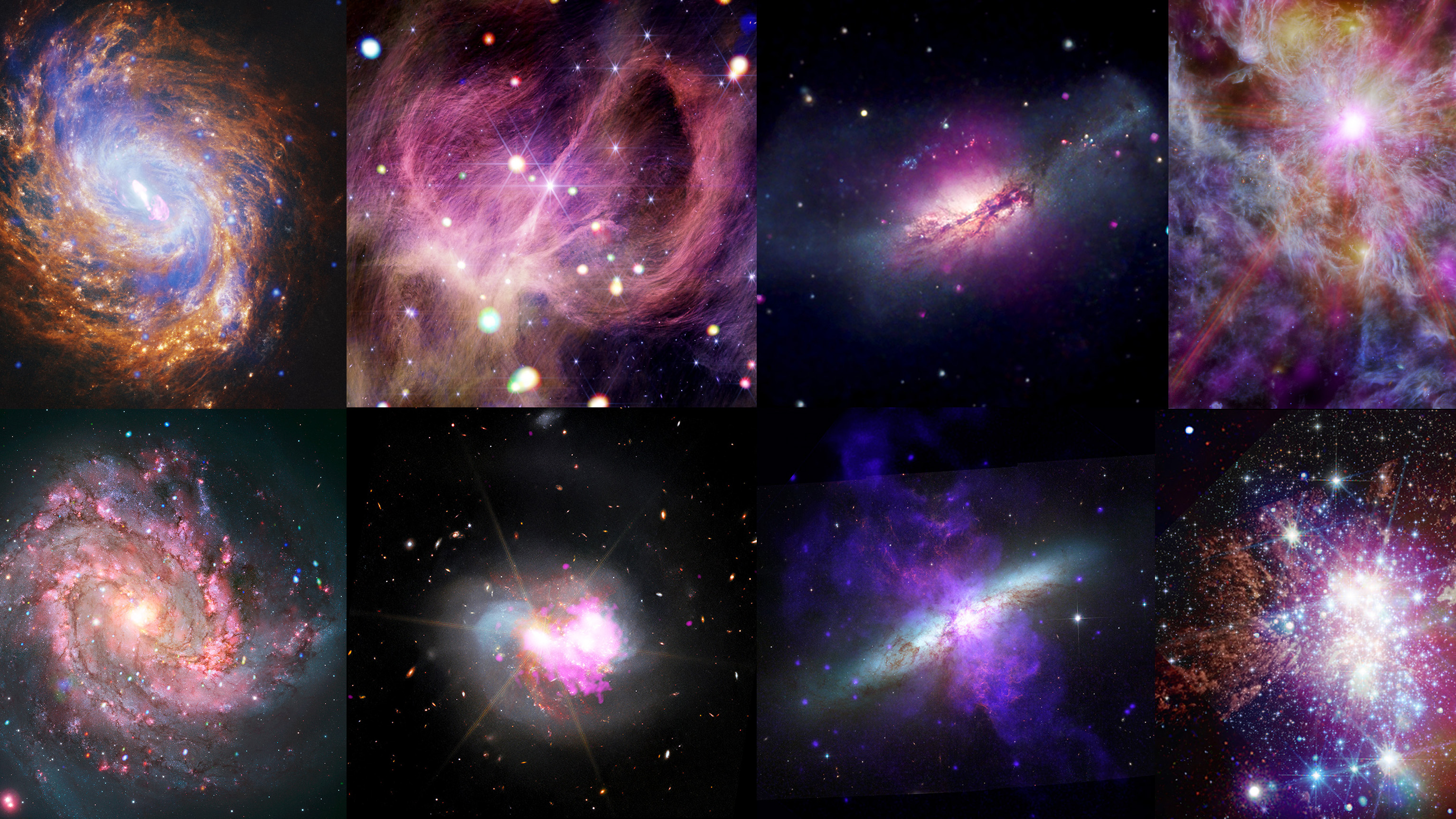
The deep space images that Earthlings have access to come from a range of different space-based cameras, from James Webb to the Hubble Space Telescope. But the most colorful deep space images may actually be a joint effort between several telescopes and observatories.
NASA has released a set of nine colorful space images that illustrate the color and detail that’s possible when mixing views from a visible light camera with those of an X-ray telescope, infrared cameras, UV cameras, and even radio.
The nine composites shared by NASA’s Chandra X-Ray Observatory team illustrate the detail and data that’s possible when multiple types of cameras – and multiple observatories – work together.
Chandra has been taking X-ray images of space since 1999, yet the spacecraft remains NASA’s flagship for X-ray research. Chandra orbits above Earth’s atmosphere (since X-rays are absorbed by our atmosphere) and uses X-rays, mirrors, and electronic detectors to capture detailed images, particularly focusing on the hottest parts of space like exploded stars and the areas surrounding black holes.
By combining data captured by Chandra with visible light, infrared, and even radio, the composite photographs showcase a range of color and detail not shown using one type of camera alone.
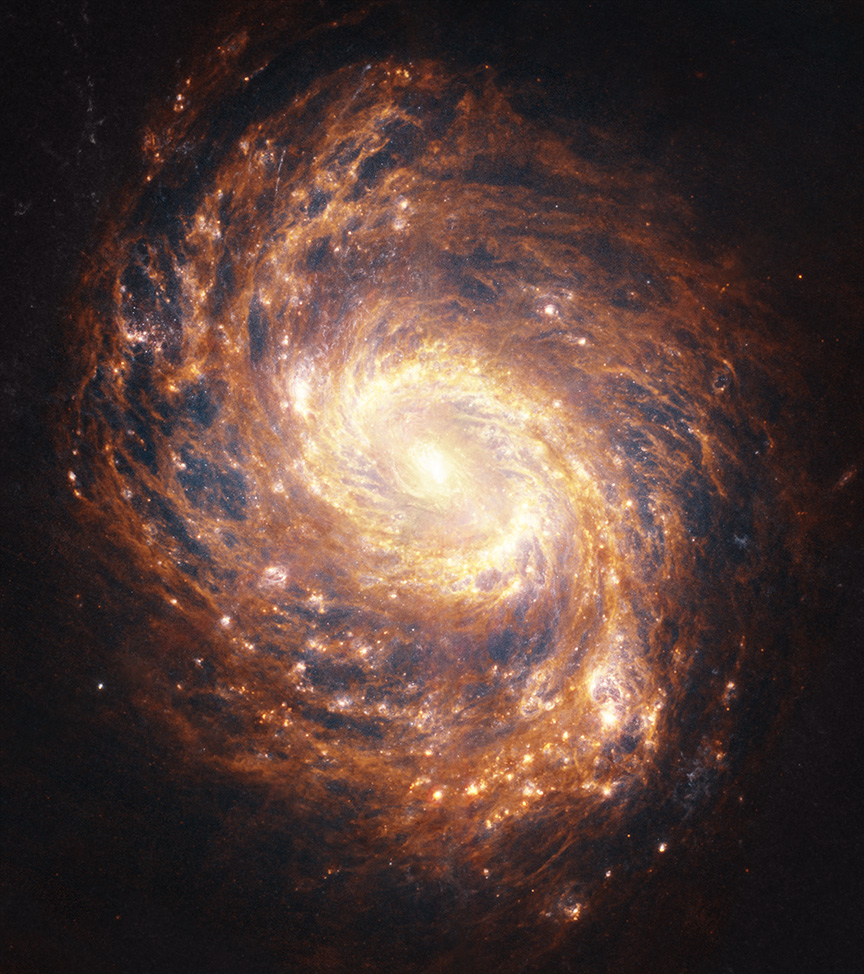
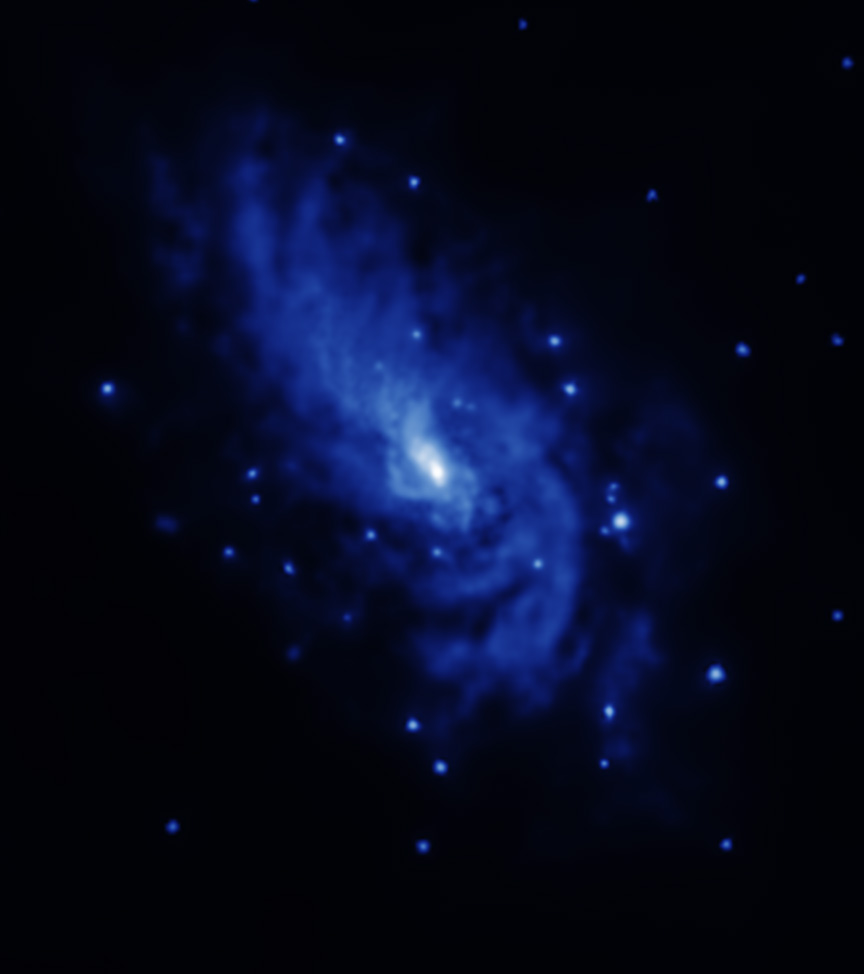
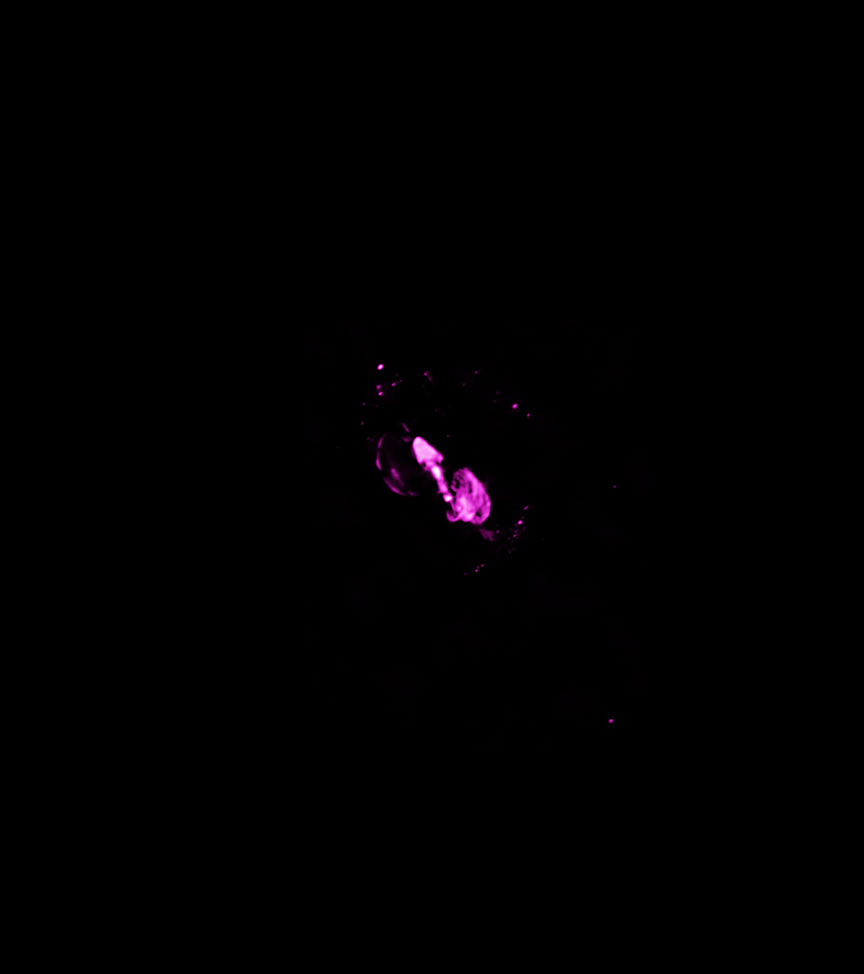
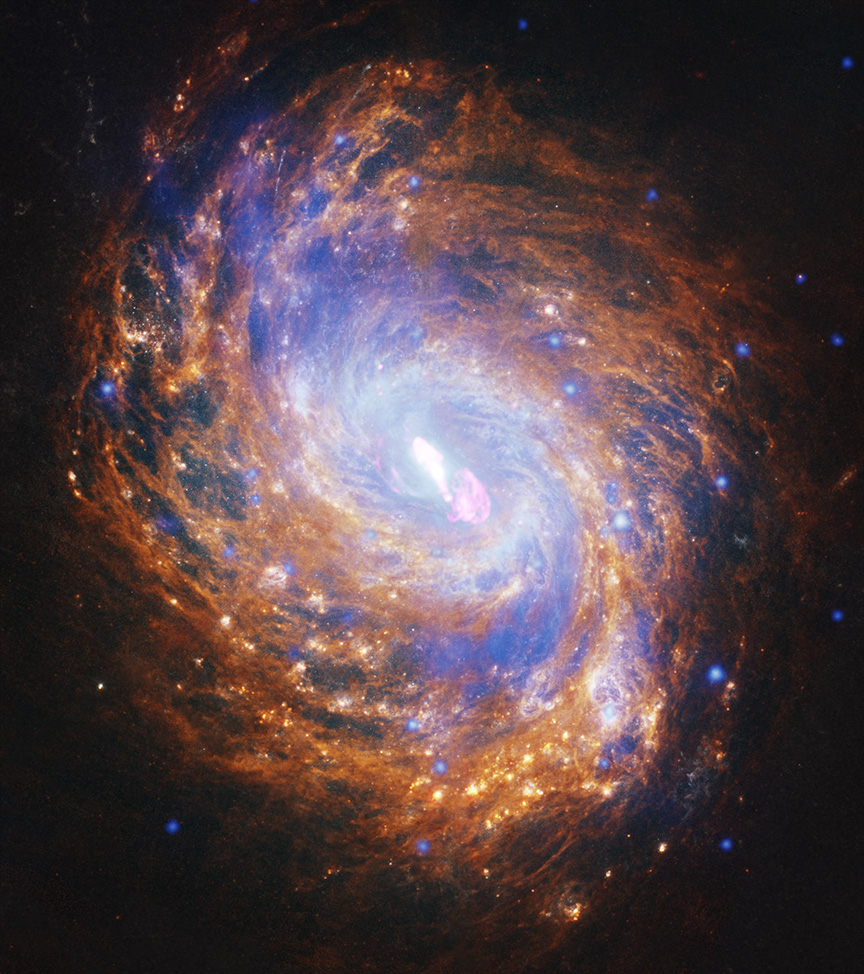
In the photograph of NGC 1068, a spiral galaxy with a black hole at the center, Chandra’s X-rays are responsible for the blue coloring in the image. Optical photographs from both Hubble and Webb add golden swirls and detail, while radio data adds spots of pink at the center of the galaxy.
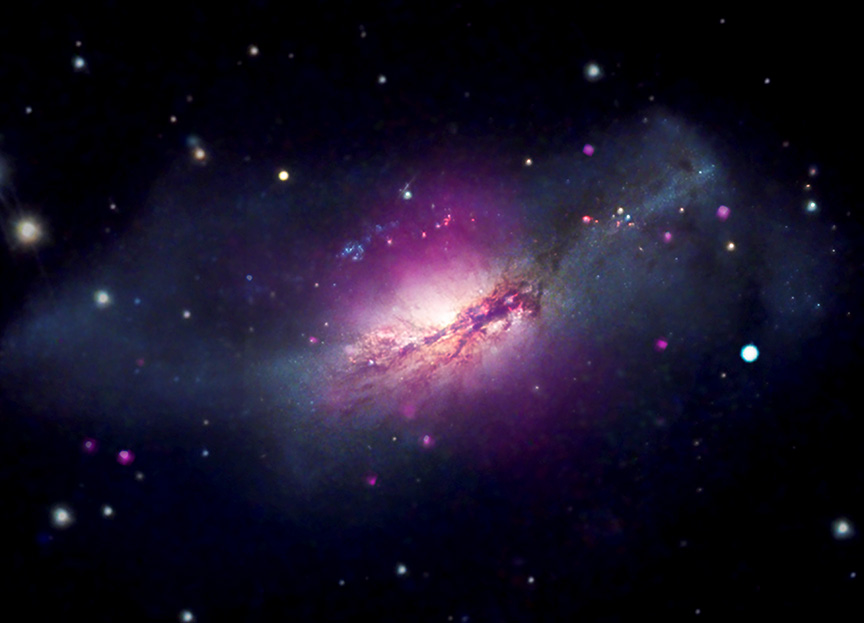
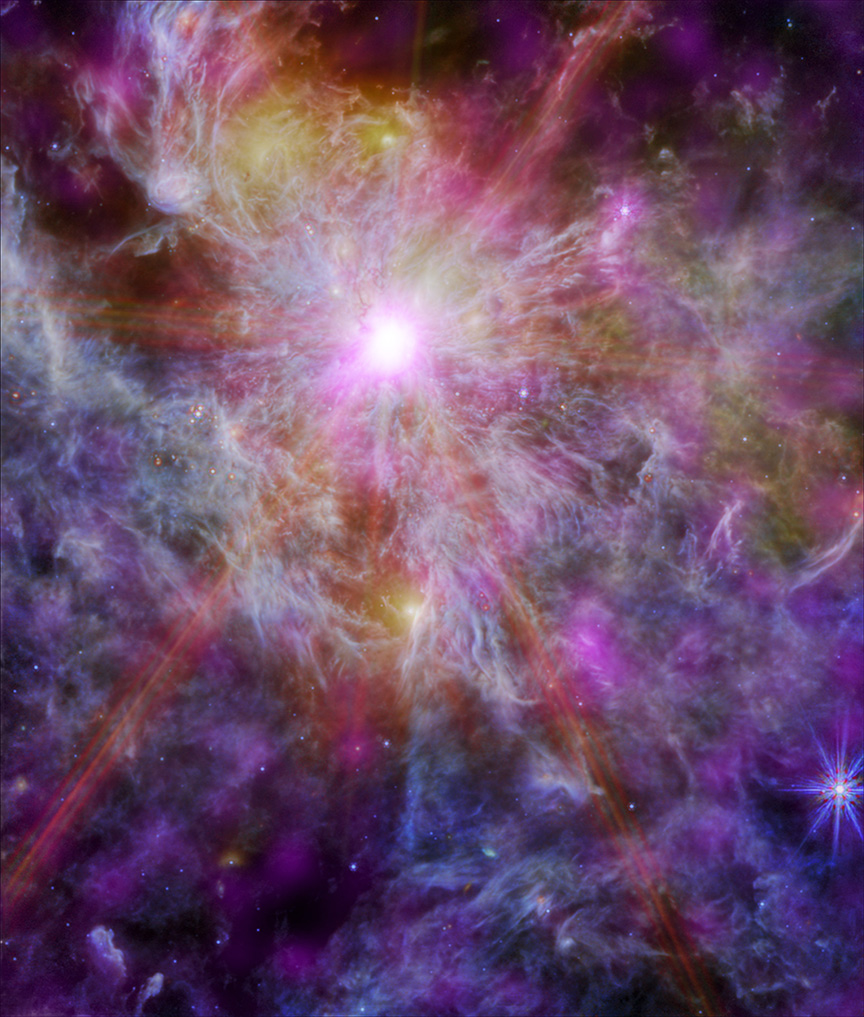
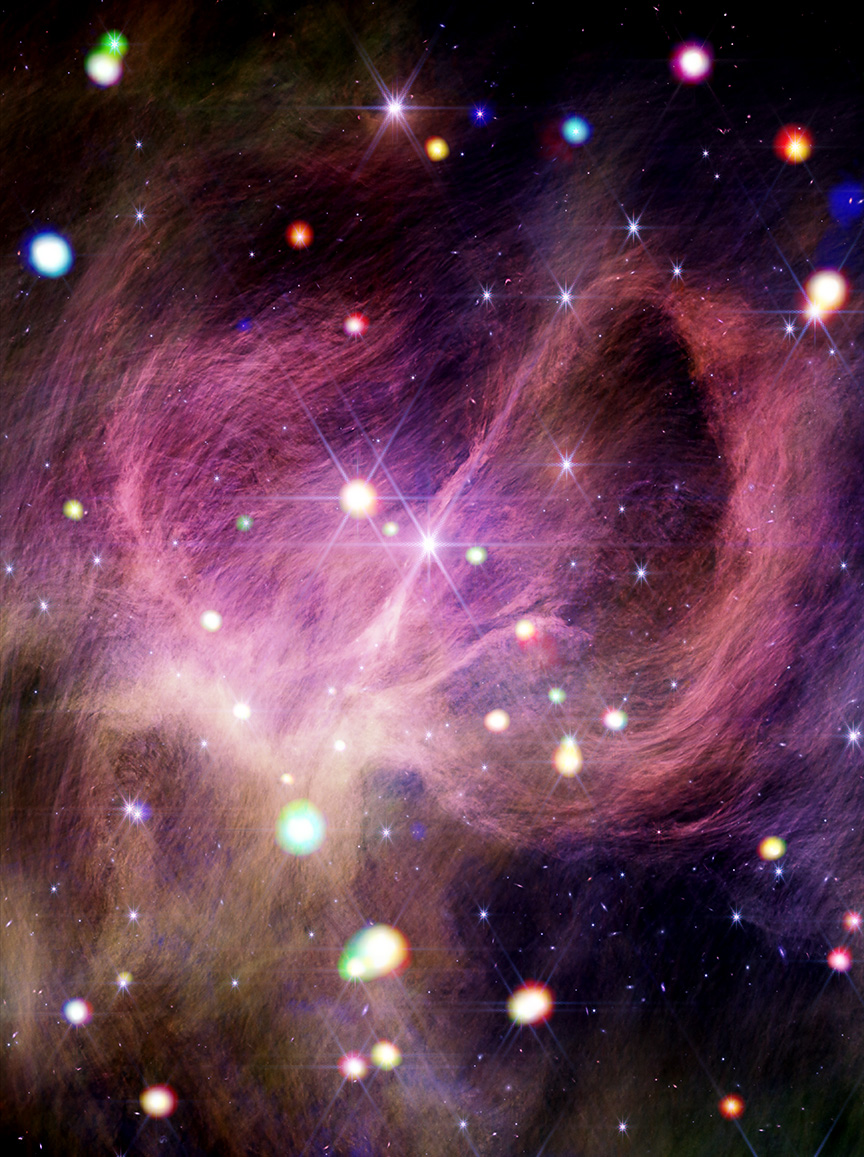
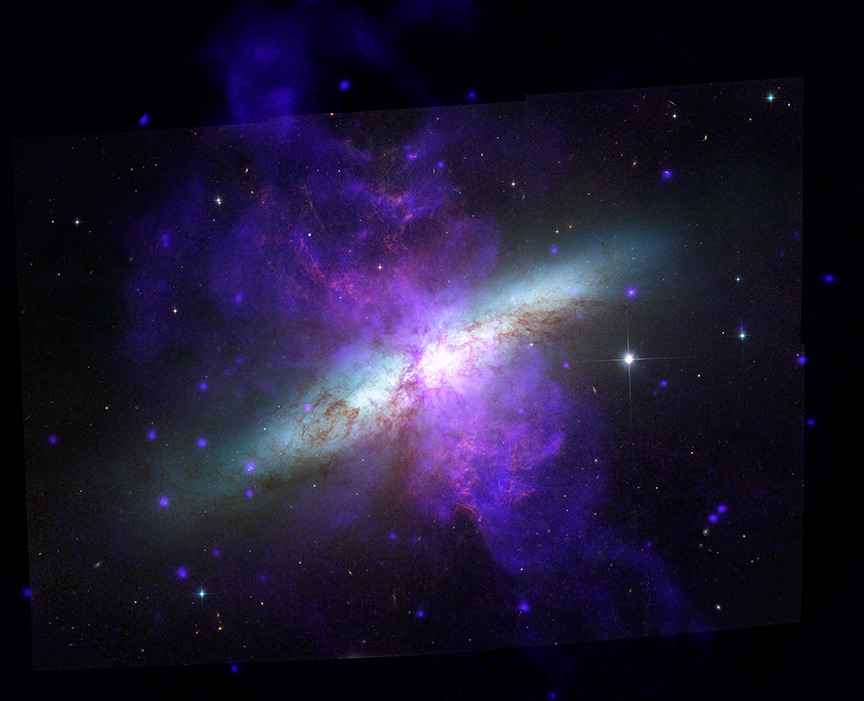
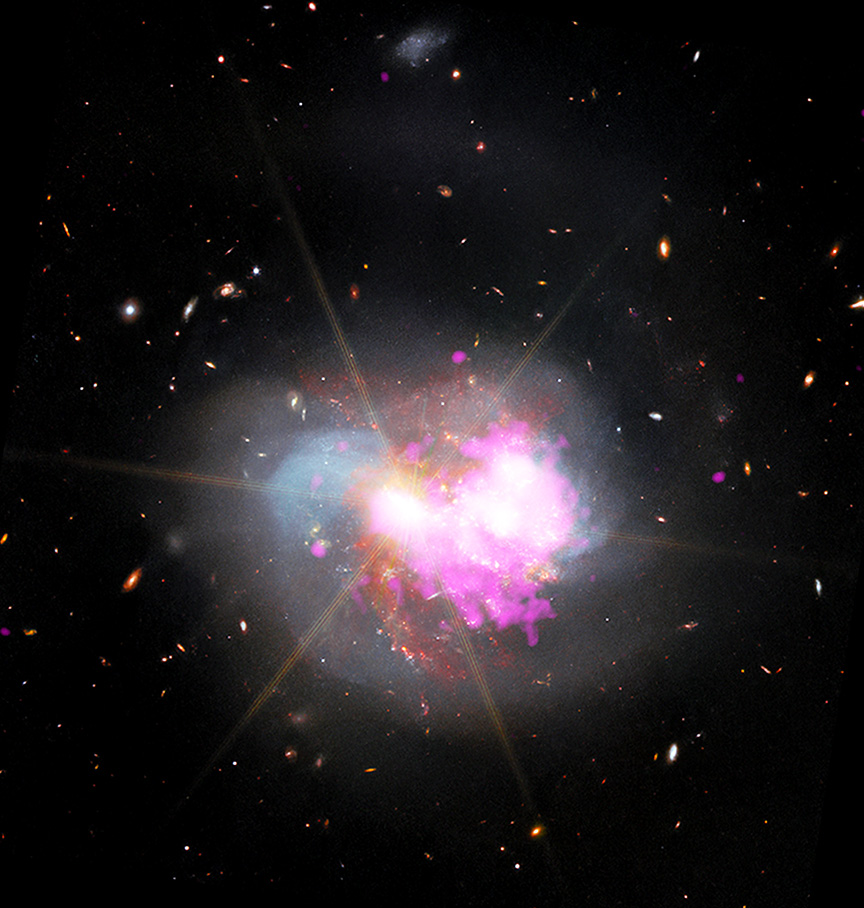
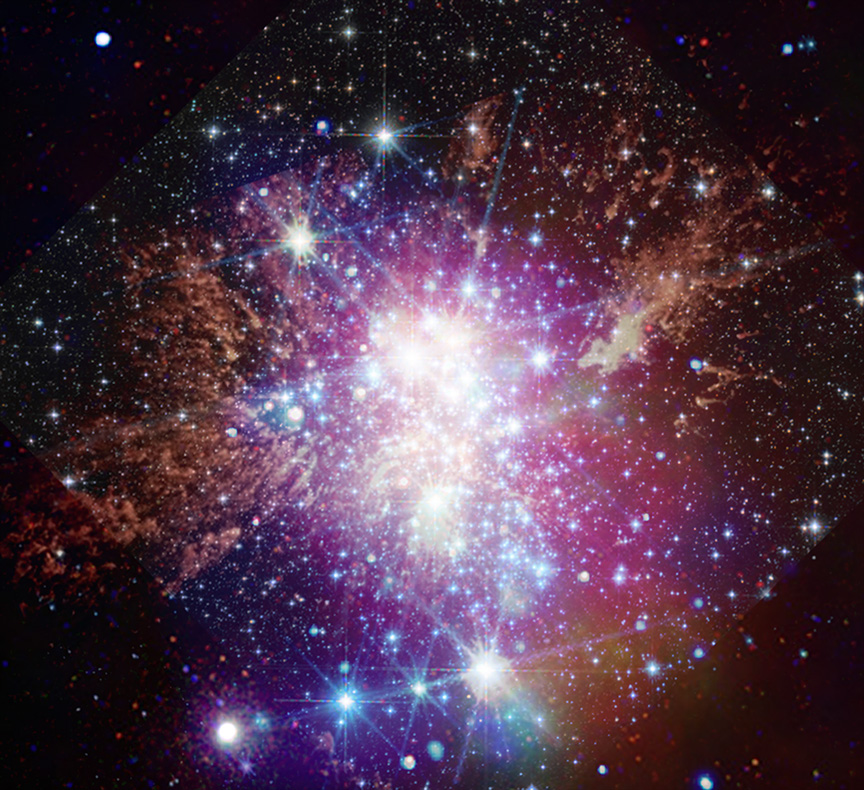
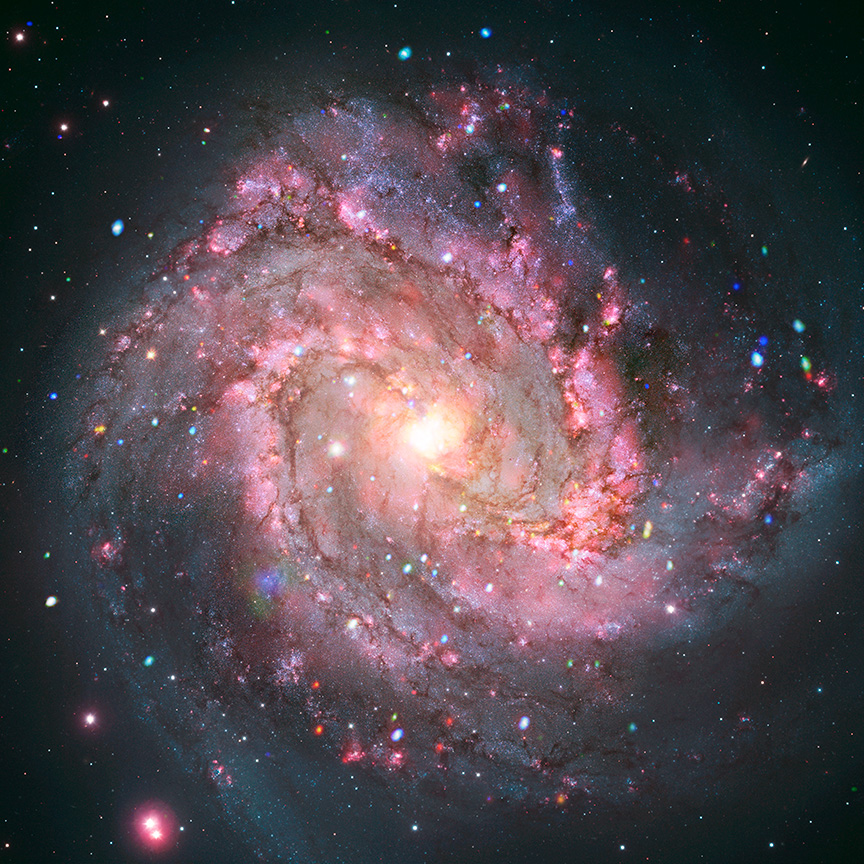
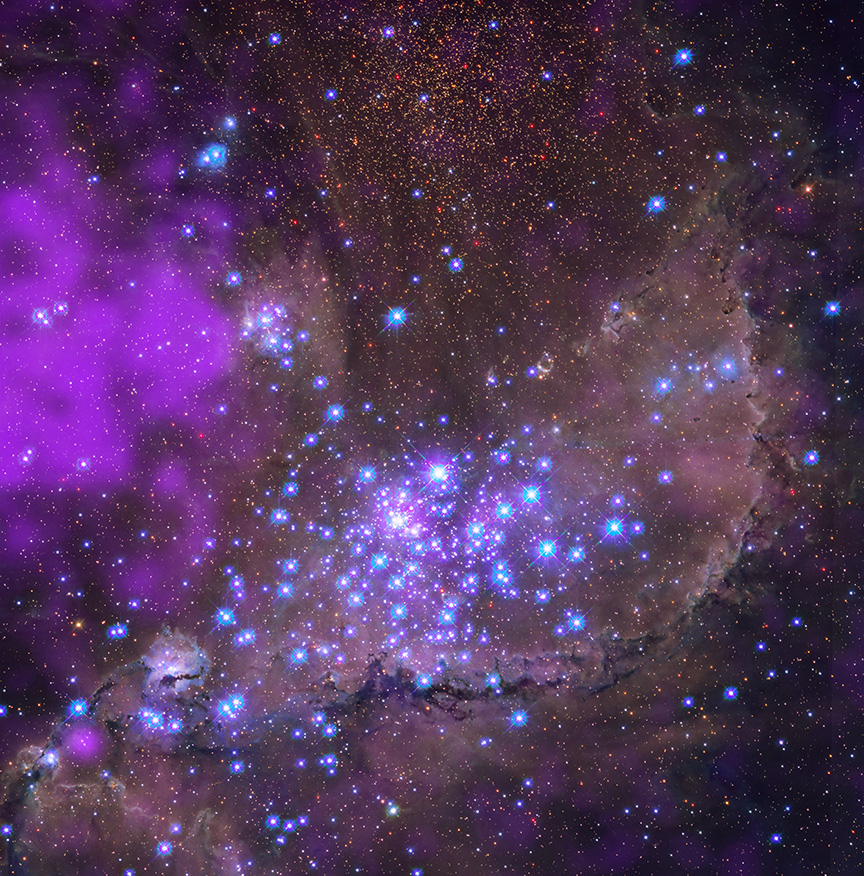
The nine newly released images illustrate galaxies, black holes, and superstars in more color than possible when using a traditional visible light camera on a telescope.
The best camera deals, reviews, product advice, and unmissable photography news, direct to your inbox!
Along with X-ray data from Chandra, the series of composites also uses data from James Webb (optical and infrared), Hubble (optical and ultraviolet), NSF’s Kitt Peak (infrared), and even ground-based optical photographs.
You may also like
Read how NASA repaired a camera from 370 million miles away or how the world's largest camera is photographing outer space. Or, browse the best lenses for astrophotography.

With more than a decade of experience writing about cameras and technology, Hillary K. Grigonis leads the US coverage for Digital Camera World. Her work has appeared in Business Insider, Digital Trends, Pocket-lint, Rangefinder, The Phoblographer, and more. Her wedding and portrait photography favors a journalistic style. She’s a former Nikon shooter and a current Fujifilm user, but has tested a wide range of cameras and lenses across multiple brands. Hillary is also a licensed drone pilot.
You must confirm your public display name before commenting
Please logout and then login again, you will then be prompted to enter your display name.

